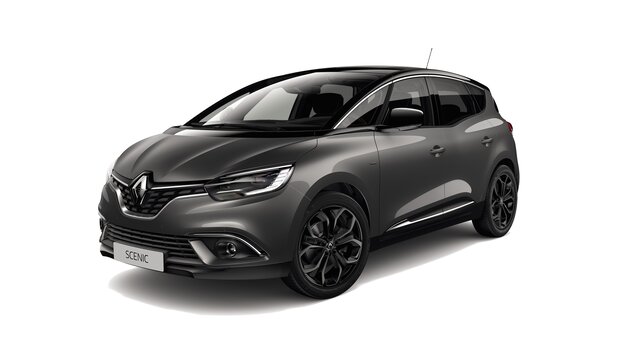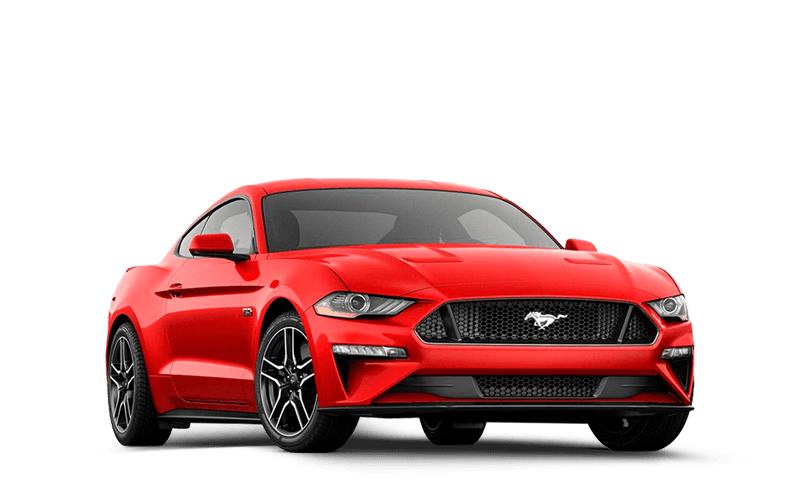Awash in brilliant orange paint, sitting on huge alloy wheels and packing a powerful Hemi V-8 engine under its hood, Dodge’s all-new Challenger concept coupe on display at the North American International Auto Show in Detroit is a paean to baby boomers.
The original Challenger was one of the popular « pony cars » _ Ford Mustang-inspired small cars with big engines that ruled the road in the 1960s and early ’70s during the baby boomers’ fun-loving teenage and early-adult years.
Although only made from 1970 to 1974, the Challenger is back, a powerful statement of the continuing _ and growing _ influence of baby boomers on automotive design and marketing.
The front end of the some 77 million Americans born between 1946 and 1964 is nearing retirement _ an age that presents car designers with some unique challenges and opportunities. Collectively, this group is capable of spending some $2 trillion a year. That can buy an awful lot of cars and trucks.
But the boomers also are at an age where comfort is becoming as important as looks _ even if these children of the ’60s don’t want to admit it.
The new Challenger embodies how the industry is addressing the generation’s dual needs. Where the Challenger of old had tiny rear seats, the concept car has large ones to make carrying friends and family easier. Its control knobs also are bigger and easier to read.
And while the original Challenger wasn’t known for its quality construction, the new version is better constructed and better equipped. That’s important because, for boomers, quality is outranked only by image and style as a reason for buying cars, analysts said.
« Let’s face it, everyone gets older, and as they do, mobility will start to become an issue, » said Robert Boniface, director of advanced design for General Motors.
« Boomers aren’t going to want to be reminded that they are aging because the car is tough to get into and out of, or it’s harder to reach and operate this and that knob. So what we should do in the future are those things that enhance their lives and ease their use without reminding them that they are aging. »
There’s no escaping that car seats are getting bigger to accommodate the spreading waistlines and more generous backsides that often come as boomers age. The all-new Honda Civic, for example, has a front seat that is 3/4 of an inch wider than those in the 2005 model, spokesman Chris Naughton said.
And Honda’s not alone. Toyota’s new RAV4, also popular with boomers, is 1/2-inch wider. Other Toyota products reflect the trend, including the addition of up to 3 inches of width in the Avalon, Tacoma, 4Runner and Sienna. Subaru’s B9 Tribeca, which was designed for the American market only, has front seats that are 1/2-inch wider than those in the Legacy wagon.
Meanwhile, the newest models also have such features as power adjustable pedals; seats with more back, leg and hip support; and larger, easier-to-use controls _ all helpful for those who are aging.
Boomers long have driven the auto market, although until recently auto-company designers have not always been responsive to their needs.
When the pony cars they favored in their youth began to fade out in the 1970s disco era, the « personal coupe » _ intermediate size, two-door hardtops such as the Pontiac Grand Prix, Chevy Monte Carlo and the Olds Cutlass Supreme _ became the most popular cars.
As boomers married and had children, they created a huge market for minivans. As their children grew, boomers paved the way for the success of sport utility vehicles. Now big truck-based SUVs are fading, and crossovers _ SUVs built on car platforms with better fuel economy and softer rides _ are coming into favor.
The ranks of the baby boomers reaching 65 won’t peak until late next decade, so they will continue to be a force to be reckoned with in years to come, analysts say.
What’s next? Beleaguered American automakers’ futures depend upon finding the right answers.
One thing on which just about all designers and industry analysts agree: Don’t even think of designing cars that remind image-conscious baby boomers that they are getting older.
« Don’t consider their age when it comes to vehicle development, » said Leslie Bublin, marketing director for Saab USA. « Baby boomers are all interested in fun-to-drive cars and performance cars, especially in the luxury arena. To soften things up would be the wrong way to go, in my view. »
The products Bublin markets _ Saabs _ are arguably one of the most popular cars on the market with boomers, with 50 percent of their buyers coming from the roughly 45-to-60 age group.
The company’s image of being strong on safety and security has been especially helpful as boomers aged and had children and grandchildren, Bublin said.
One clue to the boomer market is to design quality products that would appeal to anyone and the boomers will follow, said Sam Locricchio, manager of communications, Chrysler Group Design and Quality.
« We try to design numerous vehicles that can fit many different lifestyles. All you can do as a company is provide a wide enough portfolio of vehicles that everyone can find their niche and the vehicles that seem most suited for them. »
That theory has been borne out in reality for at least two companies _ Toyota with its Scion line and Honda with its Element model. Both introduced cars that were aimed at youthful Gen X and Gen Y buyers but that caught the eyes of lots of boomers, too. « The Powers Information Network found that Scion has buyers with an average age of 39, and Honda Element buyers have an average age of 43, » Honda’s Naughton said.
« But both of these car lines have broad appeal, » he said. « For the Element, it has come for boomers and others from the Element’s versatile features, the fact they are loaded with equipment, that they have easy-to-clean seats and floors and the seats can be folded up quickly. »
But above all else, boomers see cars as a statement, and chances are that always will be true, said GM’s Boniface.
« They were the first to use the car as a fashion statement. You wear your car, » he said. « To them, a car can’t be considered just a means of transportation. So when you market to a boomer, you have to say, ‘This car says something about you.’ They feel they’ve earned their place in life and don’t mind showing it by what they drive. »
Source: Pittsburgh Post-Gazette
NEWSLETTER
EMISSION LE GRAND ENTRETIEN
SERVICES POUR LES ENTREPRISES SUR LE MARCHÉ DES SENIORS
- Réaliser une étude marché
- Développer (ou redresser) une activité Senior
- Vous faire connaître des autres acteurs de la Silver économie
- Identifiez et rencontrez les « bons » partenaires [Mises en relation]
- La chaîne YouTube de Frédéric Serrièr



